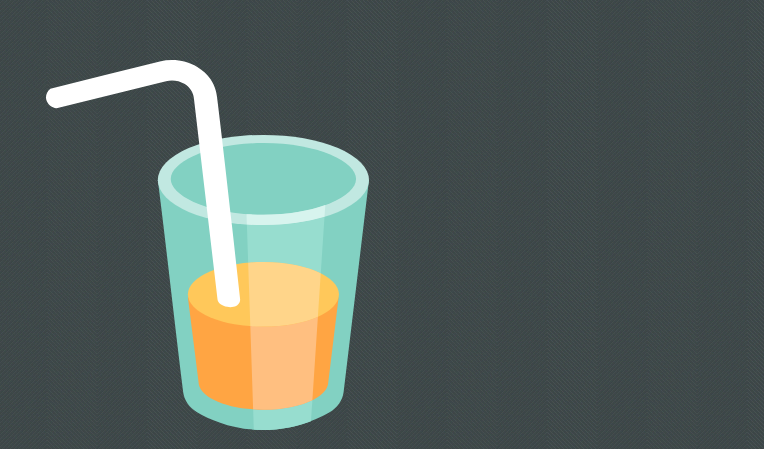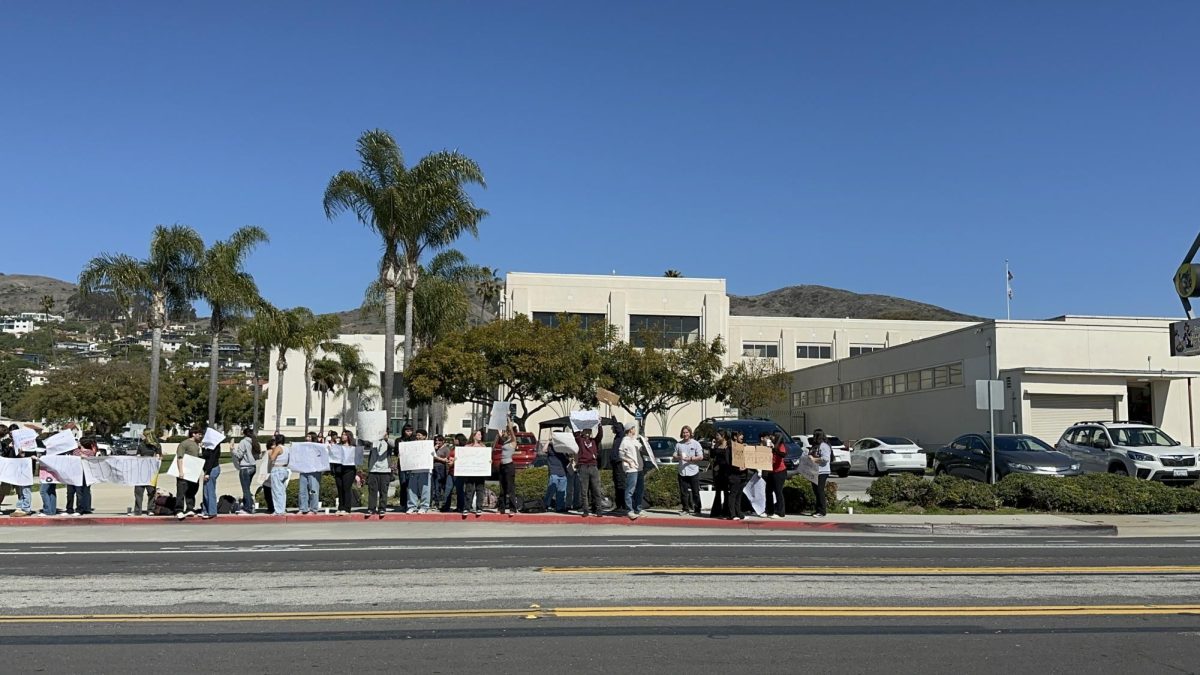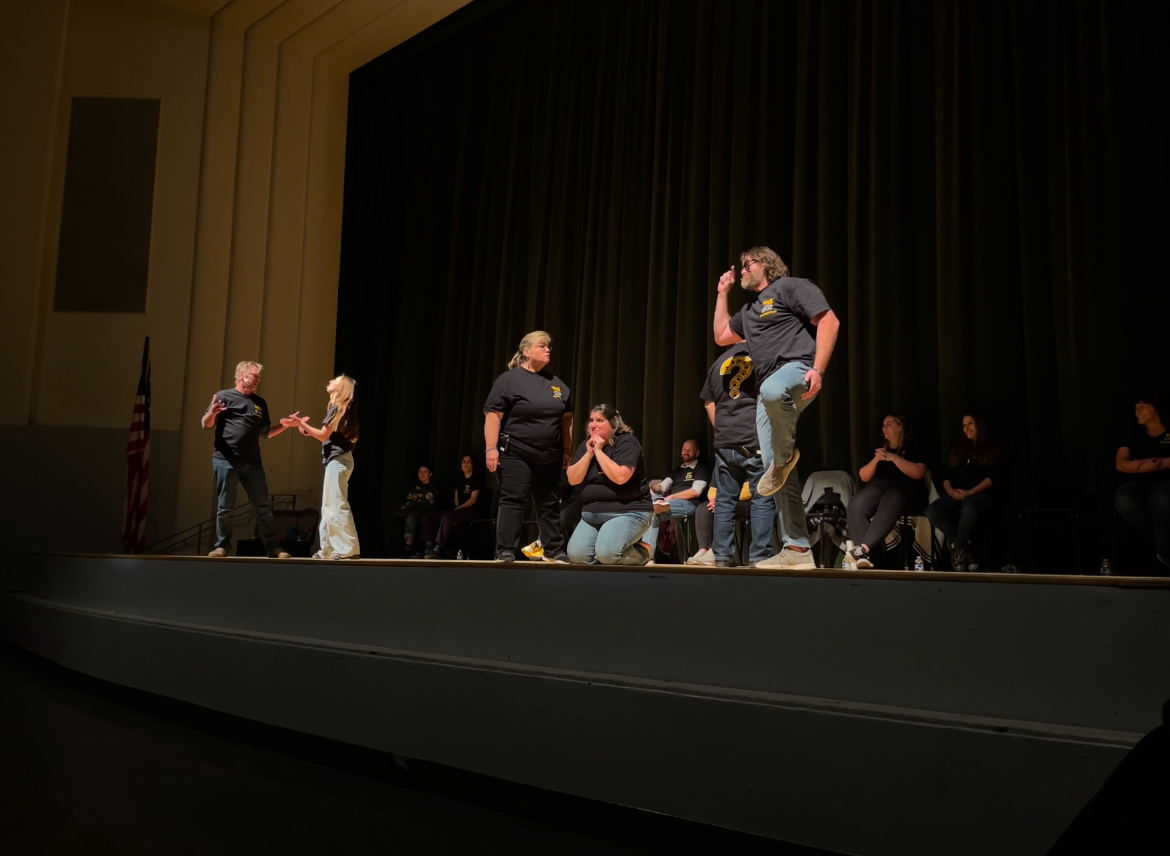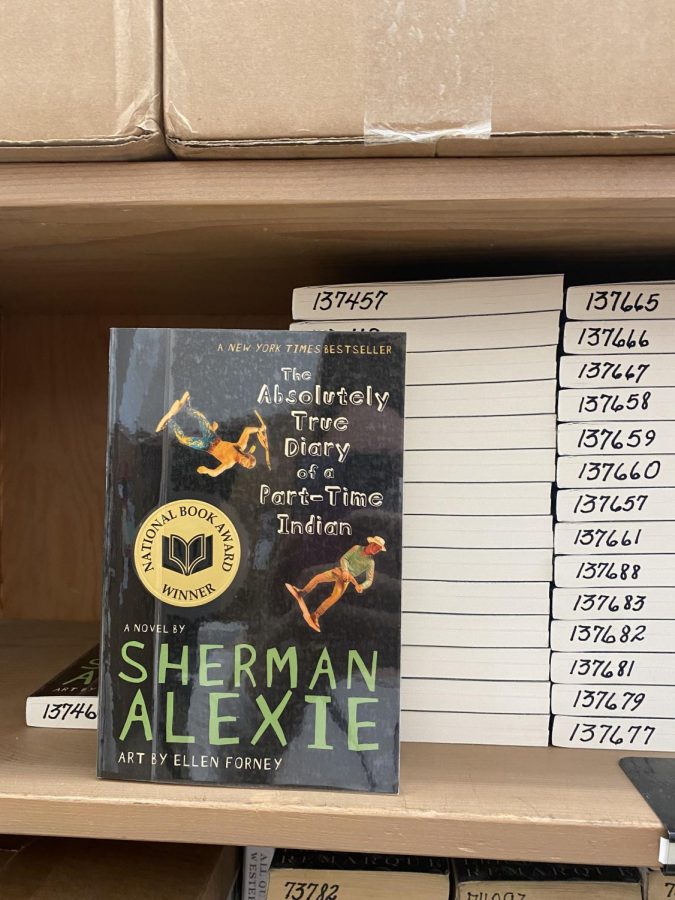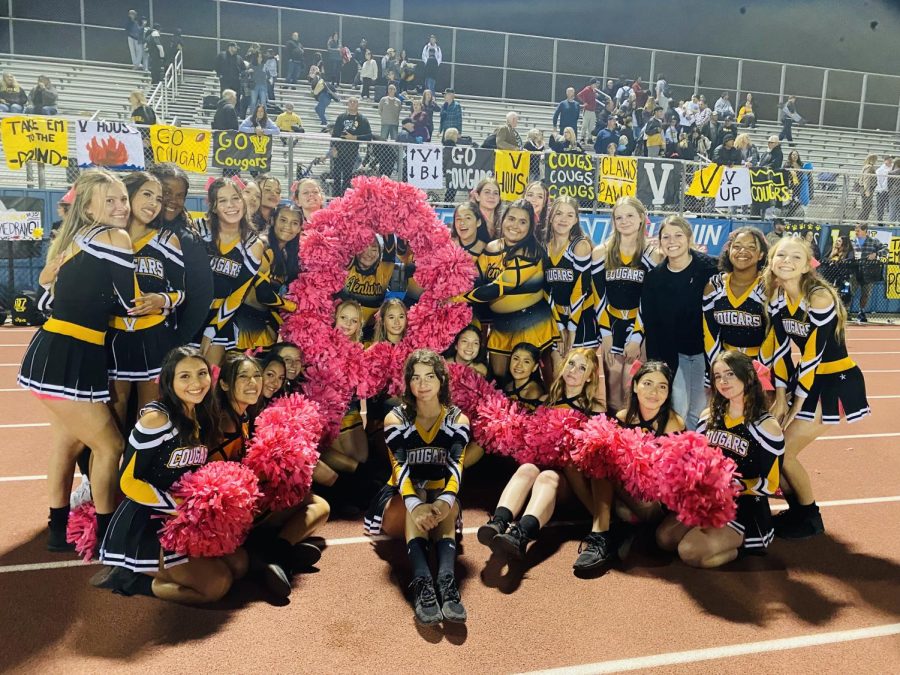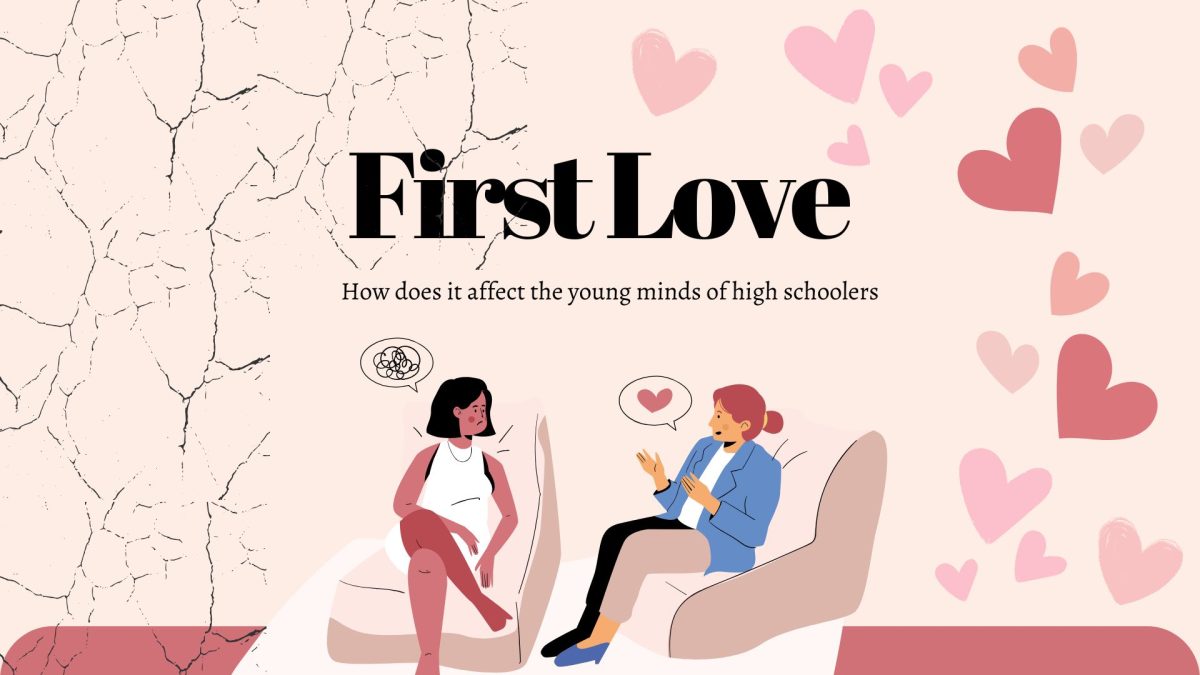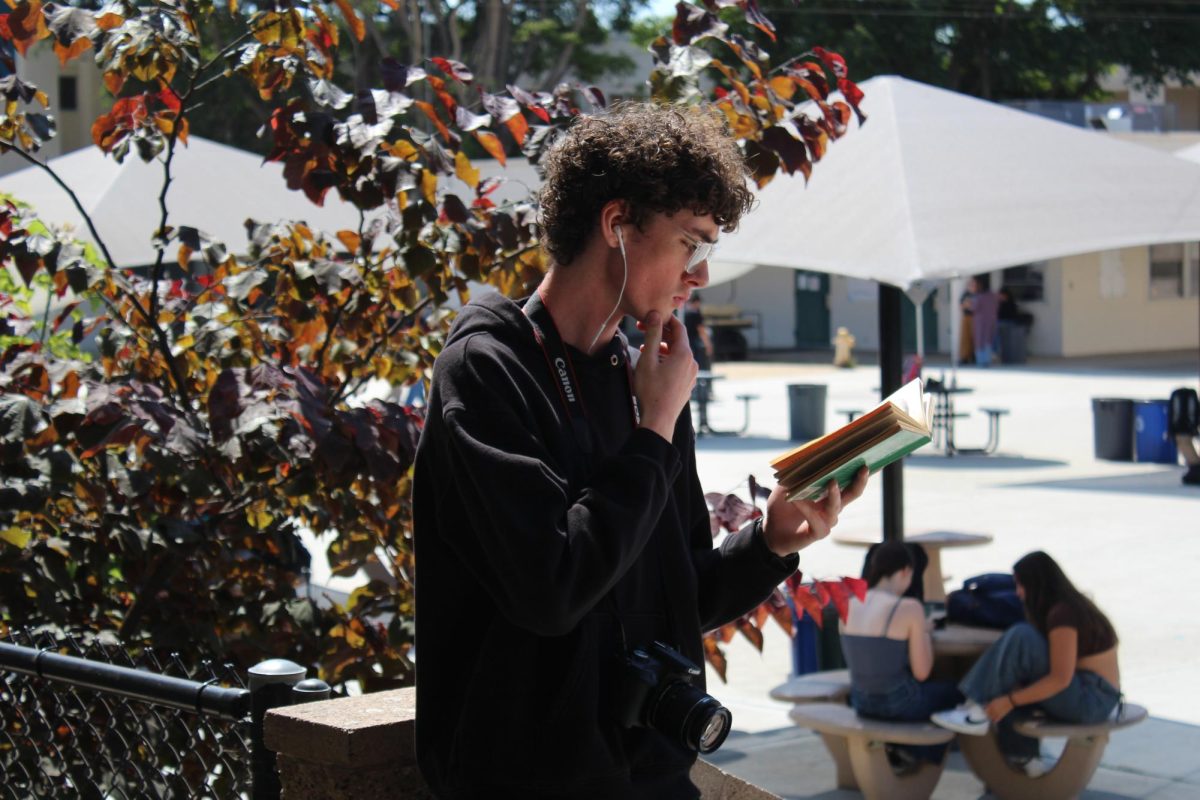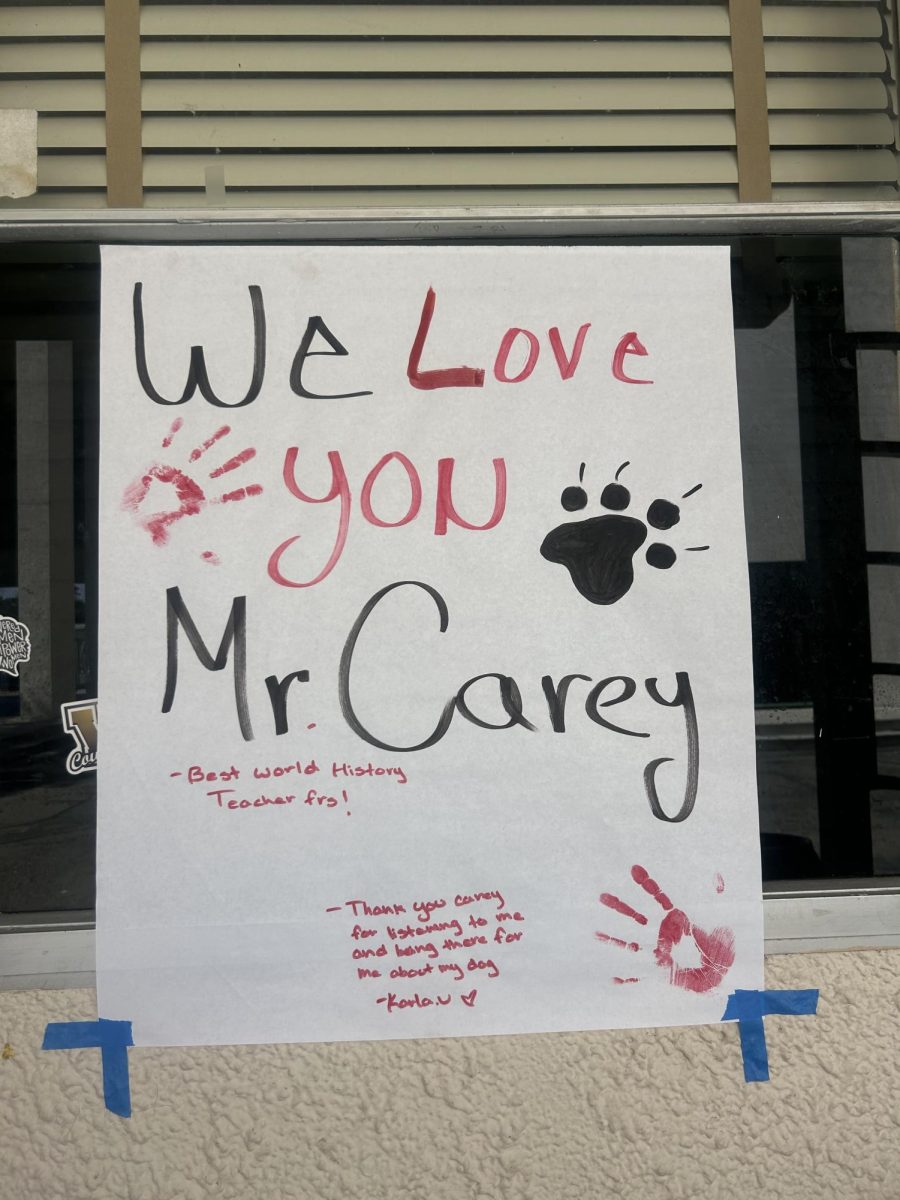
An uproar from environmental activists arose in August of 2015 when a Youtube video of a marine biologist pulling a plastic-straw out of an endangered Sea Turtle’s nose went viral. The video was originally posted by Christine Figgener on her channel, “Sea Turtle Biologist” and currently has over thirty-two million views.
Since then, many anti-plastic straw campaigns such as “The Last Plastic Straw” have rallied people to switch their plastic-straws to a more environment-friendly option such as paper.
Over time, the movement to ban plastic-straws grew as states such as Washington and California began to illegalize plastic-straws all together. This means that without a formal request to the government and the appeal of the individual customer for a straw, restaurants are not allowed to give out plastic-straws. This law was signed by Governor Jerry Brown, which made California the first state to bar full-service restaurants from automatically giving out single-use plastic straws. California restaurants who do not
follow this law will get two warnings before being fined $300 per year.

However, despite the arguments of anti-plastic activists, there are many people who wish to keep plastic straws legal.
Team Plastic:

My first question is: Have people ever tried using a paper straw? I have, and it’s not a fun experience. First of all, one can’t even taste the beverage you are drinking, all you taste is paper – which isn’t the best flavor. Secondly, after about three sips, the paper becomes soggy and melts on your tongue. And thirdly, by the time one is half done, the straw starts disintegrating into your drink.
I’m all for saving the turtles, just not with paper-straws. They aren’t efficient, they’re expensive and their not the best option. According to Adam Merran, CEO of PacknWood, a paper straw costs about two and a half cents while a plastic straw costs half a cent. This might seem cheap, but when a major fast food business such as Starbucks buys one billion paper-straws a year, it costs about 25 million dollars rather than five million dollars for plastic.

There are much better alternatives than the paper-straw such as metal-reusable straws, bamboo-straws, or even no straw at all. Sure, a smoothie is a little more difficult to drink without a straw, but it still tastes the same. There’s really no point in straws, other than wasting earth’s resources and creating countrywide dilemmas. Besides, there are so many better ways to prevent Global Warming and save the turtles, such as recycling, conserving energy or driving less. If I use a straw, it’s going to be plastic – I’ll just recycle it afterward.
Team Paper:

When one orders a drink at their favorite restaurant, they are accustomed to using a plastic straw for just that time being. But once they are finished, this straw doesn’t simply go away. It is estimated that the United States uses more than 500 million plastic straws every day. These straws have been damaging the environment and a recent outburst for change has been demanded when a video of a sea turtle with a straw stuck in his nose went viral.
The revolutionary paper straw can help solve several environmental issues that the plastic straw brought. Plastic straws are the eleventh-most found piece of ocean trash. It can take up to 200 years for a plastic straw to decompose, and in most places they aren’t even recyclable! A biodegradable paper straw can take up to only 180 days to decompose. It goes without saying that it’s much quicker than waiting 200 years.
A straw is typically only used for a total of 10 minutes, so by the time one is finished drinking it, their paper straw may have become soggy. Many customers can’t fathom the idea of sipping through such a textured straw, but if that is the case, they can simply replace it with another paper straw to use for it does not harm the environment to use another one. Now if one truly dislikes the texture or taste of a plastic straw another alternative is to use a reusable metal straw!
The balance of plastic and paper straws has been made difficult, for everyone has their own preferences. However, researchers are discovering even more ways to sip up such as using metal, glass, edible and silicone straws. If plastic and paper aren’t working, try out these other alternatives in order to save the environment one step at a time.



